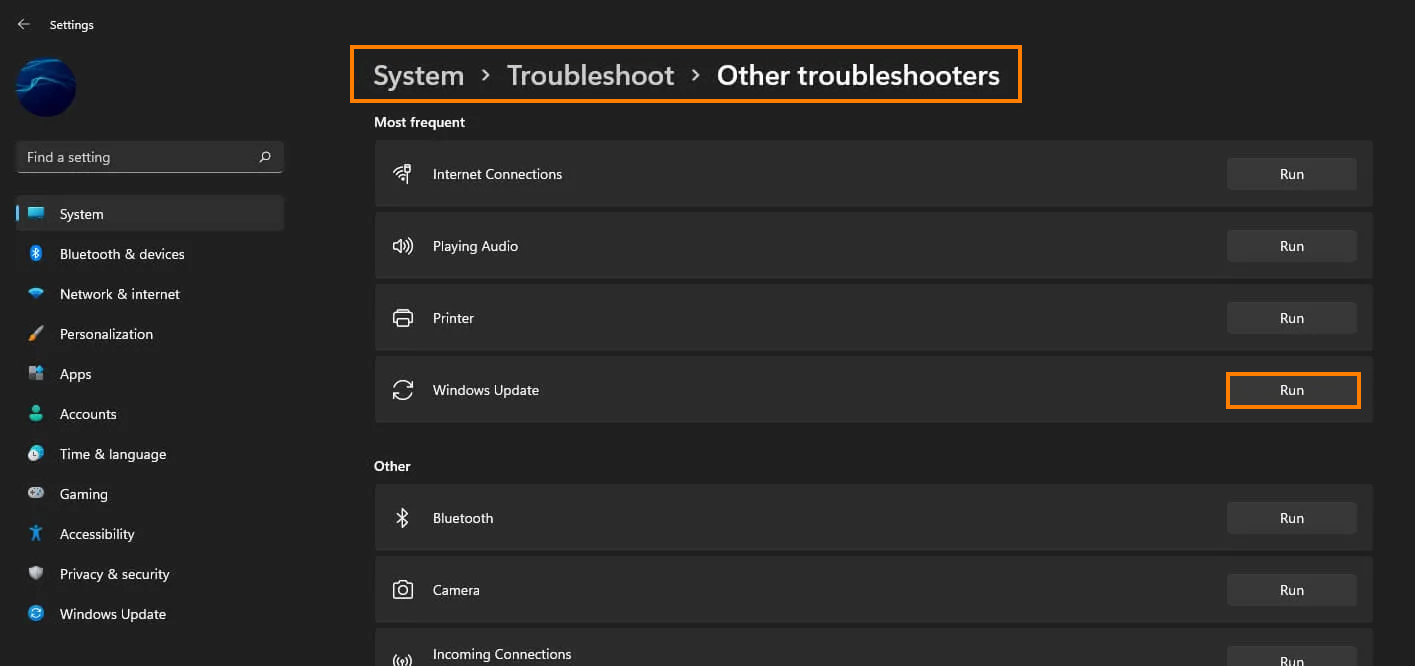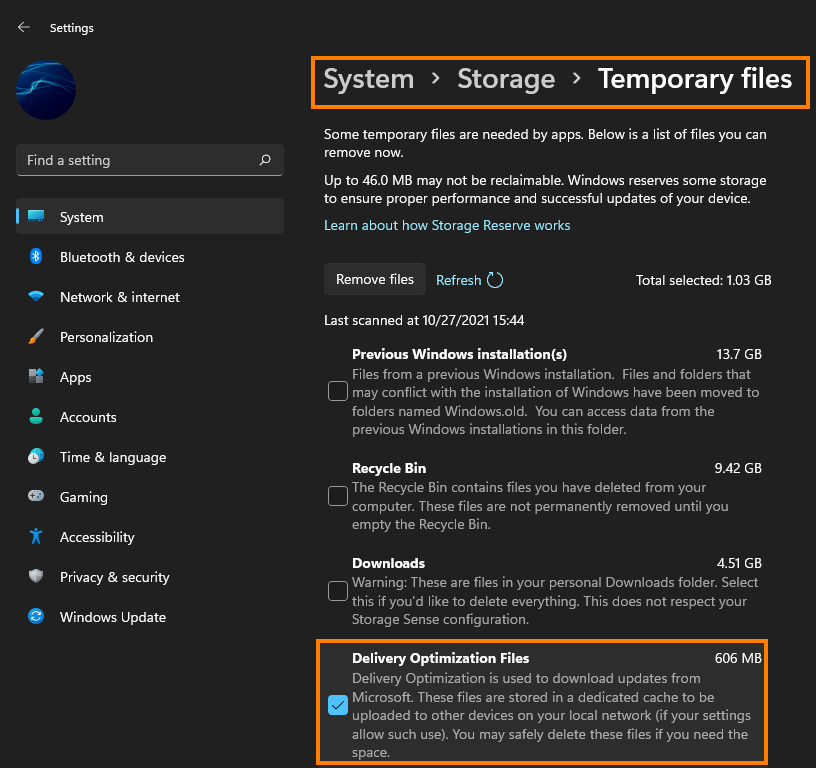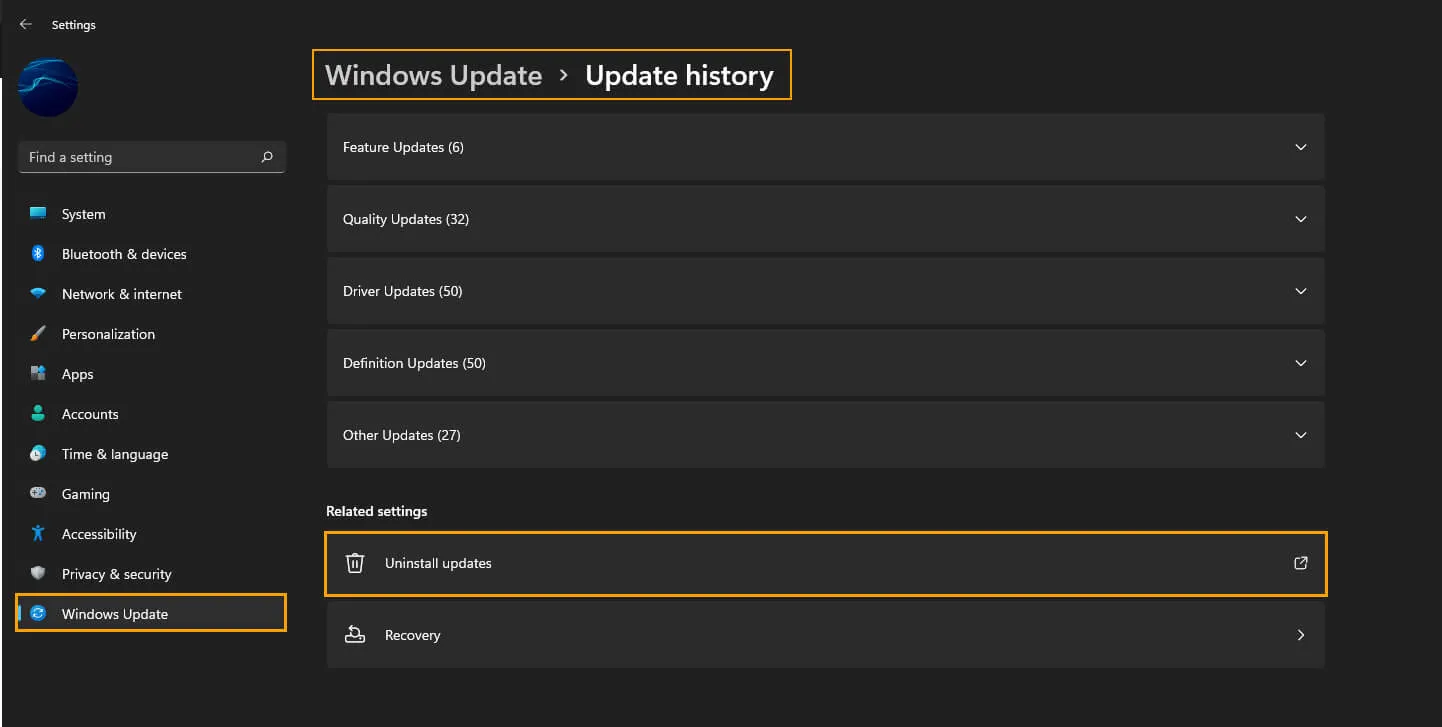If you are trying to update Windows 11 manually or even automatically, you may come across Windows 11 update error 0x800f0801. This error message isn’t going to cause any major issues on your system but it will stop you from moving to newer versions until it has been resolved. So follow along as this article guides you through several different troubleshooting steps.

Takeaways:
- Learn how to fix Windows Update error 0x800f0801
- Why does Windows 11 keep failing to update because of error 0x800f0801
Table of Contents
How to Fix Windows Update Error 0x800f0801
One of the quickest ways to resolve error 0x800f0801 is by using the built-in Windows 11 Update Troubleshooter.
- Press Windows Key + I to open the Settings app.
- In the System tab, click Troubleshoot.
- From the list, select Windows Update and click Run.
- Follow the on-screen instructions to let the tool identify and fix the issue.

Once the troubleshooting tool has been completed, try updating your system again.
Clear Delivery Optimization Files
If the Update Troubleshooter didn’t fix the issue, try clearing the Delivery Optimization Files.
- Go to Settings > System > Storage > Temporary Files > Delivery Optimization Files.
- Make sure the Delivery Optimization Files box is checked, then click Remove files to delete any leftover data.

Uninstall the Latest Windows Update
Surprisingly, sometimes it's better to roll back an update than move forward. Microsoft releases a lot of updates with issues that break future updates so going back then trying to update can help solve the problem.
Check the article linked below for a detailed guide on how to uninstall a Windows update:
How to Uninstall a Windows 11 Update

Download and Install the Latest Windows Update
After uninstalling the problematic update, download and install the latest available version of Windows 11. This might bring new fixes that can resolve the error.
- To force a manual update, go to Settings > Windows Update > Check for updates and install any available updates.
Manually Update Windows 11 via the Microsoft Update Catalog
If none of the above methods work, you can manually download and install the problematic update from the Microsoft Update Catalog.
- Visit the Microsoft Update Catalog
- Search for the update you're having issues with or a newer one.
- Download and install it manually.
If you accidentally choose the wrong update, don't worry—Windows won't let you install it.
Why do Windows Updates Fail So often?
Windows updates and Microsoft Store updates are the two most common update issues you'll come across while using Windows 10 and Windows 11 and almost always seem to accompany previous Windows updates. No one really knows why this happens, not even Microsoft but it's more than likely a minor corruption in update files or a compatibility issue that wasn't accounted for between updates. As a result, rolling back one update and then moving forward usually solves the problem.
